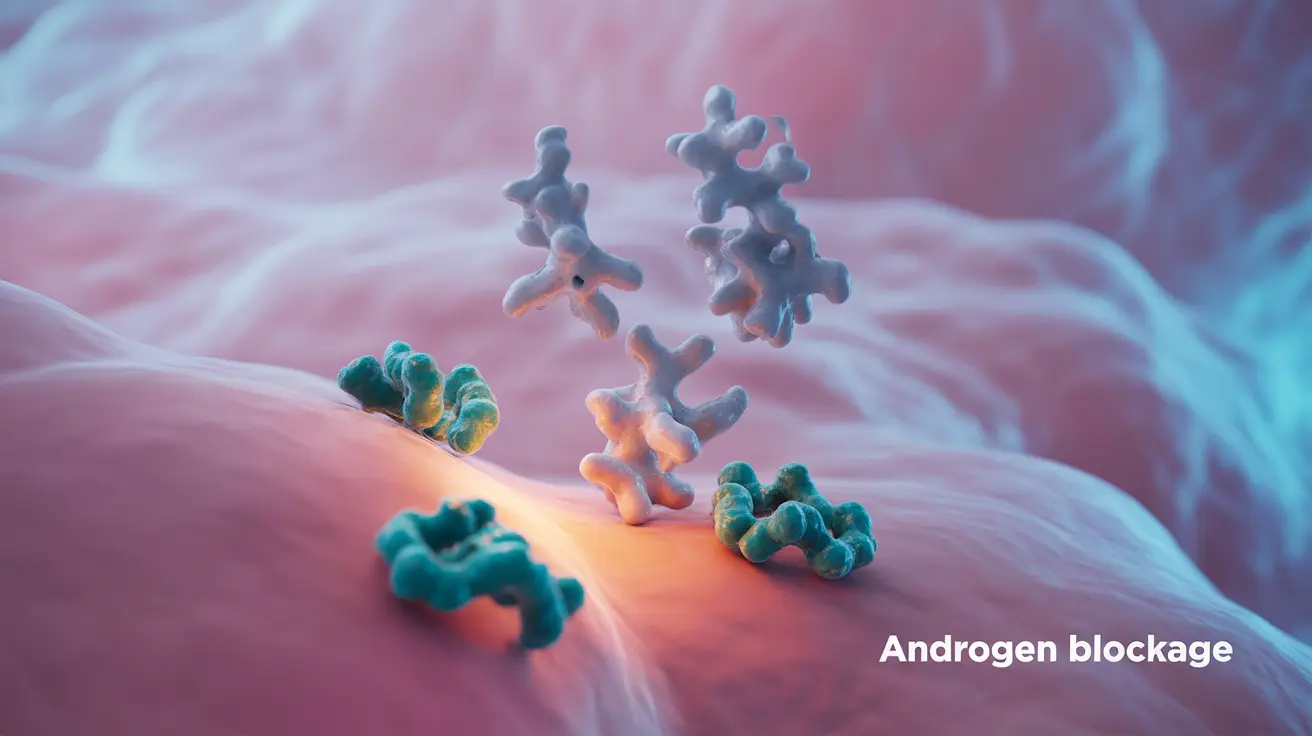For many women struggling with persistent hormonal acne, spironolactone has emerged as a promising treatment option. This prescription medication, originally developed for treating high blood pressure, has gained recognition for its effectiveness in managing stubborn acne breakouts, particularly in adult women.
Understanding what to expect before starting spironolactone and the typical results after treatment can help you make an informed decision about this acne management option. Let's explore how this medication works, its effectiveness, and what you should know before beginning treatment.
How Spironolactone Treats Hormonal Acne
Spironolactone works by blocking androgens, male hormones that can trigger excessive oil production and inflammation in the skin. This anti-androgen effect makes it particularly effective for treating hormonal acne that typically appears along the jawline, chin, and lower face.
The medication helps reduce acne by:
- Decreasing oil production in the skin
- Reducing inflammation
- Preventing hormone-related breakouts
- Regulating androgen levels that contribute to acne
Timeline for Results and Effectiveness
When starting spironolactone for acne treatment, patience is key. Most patients begin to notice improvements in their skin according to this general timeline:
Initial Weeks (1-4)
During the first few weeks, you may experience minimal changes as your body adjusts to the medication. Some patients might even notice a temporary increase in breakouts.
Early Results (4-8 weeks)
Many users begin to see initial improvements, including reduced oil production and fewer new breakouts.
Significant Results (12-16 weeks)
Most patients experience notable improvement in their acne, with reduced inflammation and fewer active breakouts.
Common Side Effects and Monitoring
While spironolactone can be effective for treating acne, it's important to be aware of potential side effects:
- Irregular menstrual cycles
- Breast tenderness
- Increased urination
- Mild dizziness
- Potential changes in blood pressure
Regular monitoring by your healthcare provider is essential to ensure safe and effective treatment.
Maximizing Treatment Success
To achieve the best possible results with spironolactone:
- Take the medication consistently as prescribed
- Maintain a gentle skincare routine
- Stay well-hydrated
- Attend all follow-up appointments
- Be patient as results develop over time
Frequently Asked Questions
How does spironolactone work to treat hormonal acne in women?
Spironolactone treats hormonal acne by blocking androgen receptors and reducing testosterone's effects on the skin. This leads to decreased oil production and inflammation, which helps prevent breakouts.
What are the common side effects of using spironolactone for acne treatment?
Common side effects include irregular periods, breast tenderness, increased urination, and potential changes in blood pressure. Most side effects are mild and manageable under medical supervision.
How long does it typically take to see results from spironolactone when used for acne?
Most patients begin seeing initial improvements within 4-8 weeks, with significant results typically appearing after 12-16 weeks of consistent use. Full results may take up to six months.
Is spironolactone safe to use if I have other health conditions or take other medications?
Spironolactone may not be suitable for everyone, especially those with kidney problems or high potassium levels. Always inform your healthcare provider about existing conditions and medications to ensure safe treatment.
What are the potential benefits and risks of using spironolactone for acne compared to other treatments like antibiotics or isotretinoin?
Spironolactone offers a targeted approach for hormonal acne with fewer long-term risks compared to antibiotics. Unlike isotretinoin, it can be used long-term and has fewer severe side effects, though it's specifically effective for hormonal acne in women rather than all types of acne.




